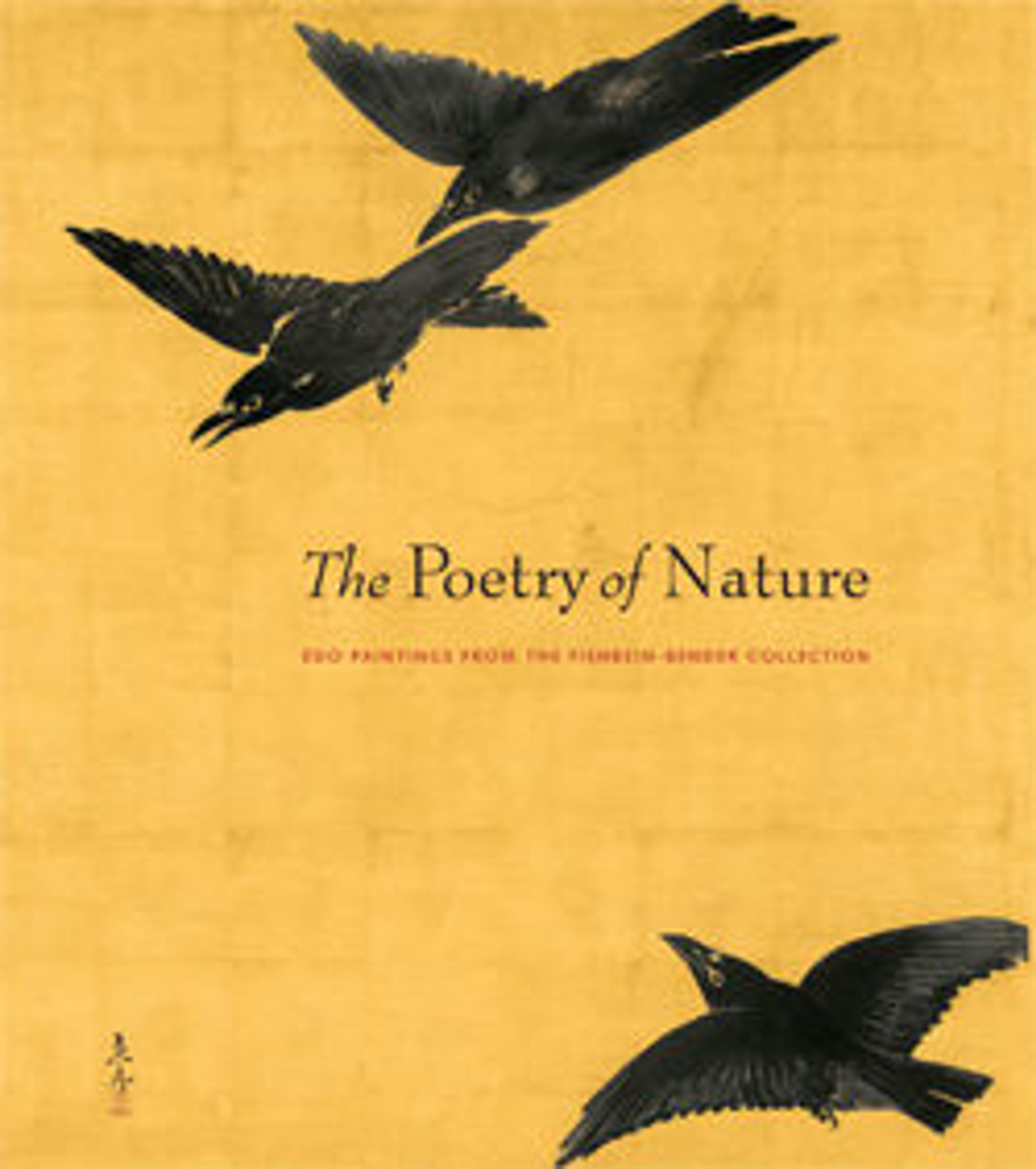Six Jewel Rivers
The titles of the six small-format handscrolls in this set refer to the six rivers in various parts of Japan that are named Tamagawa, or Jewel River. Each scroll shows a horizontal expanse of landscape in which the main elements of the composition are gradually introduced and then slowly fade out in almost cinematic fashion. The theme of six beautiful rivers enjoyed great popularity in the nineteenth century among both poets and ukiyo-e printmakers.
Sakai Ōho, one of the last Rinpa artists of the Edo period, died when he was quite young, leaving only a small body of work. Many of his paintings are based on or inspired by the work of Sakai Hōitsu, his adoptive father and teacher.
Sakai Ōho, one of the last Rinpa artists of the Edo period, died when he was quite young, leaving only a small body of work. Many of his paintings are based on or inspired by the work of Sakai Hōitsu, his adoptive father and teacher.
Artwork Details
- Title: Six Jewel Rivers
- Artist: Sakai Ōho (Japanese, 1808–1841)
- Period: Edo period (1615–1868)
- Date: ca. 1839
- Culture: Japan
- Medium: Six handscrolls; ink, color, and gold on silk
- Dimensions: Overall (a): 3 9/16 x 46 7/16 in. (9 x 118 cm)
Overall (b): 3 9/16 x 46 15/16 in. (9 x 119.2 cm)
Overall (c): 3 1/2 x 46 7/16 in. (8.9 x 118 cm)
Overall (d): 3 9/16 x 48 13/16 in. (9 x 124 cm)
Overall (e): 3 5/8 x 46 1/2 in. (9.2 x 118.1 cm)
Overall (f): 3 1/2 x 46 7/8 in. (8.9 x 119.1 cm) - Classification: Paintings
- Credit Line: Mary Griggs Burke Collection, Gift of the Mary and Jackson Burke Foundation, 2015
- Object Number: 2015.300.100a–f
- Curatorial Department: Asian Art
More Artwork
Research Resources
The Met provides unparalleled resources for research and welcomes an international community of students and scholars. The Met's Open Access API is where creators and researchers can connect to the The Met collection. Open Access data and public domain images are available for unrestricted commercial and noncommercial use without permission or fee.
To request images under copyright and other restrictions, please use this Image Request form.
Feedback
We continue to research and examine historical and cultural context for objects in The Met collection. If you have comments or questions about this object record, please contact us using the form below. The Museum looks forward to receiving your comments.
